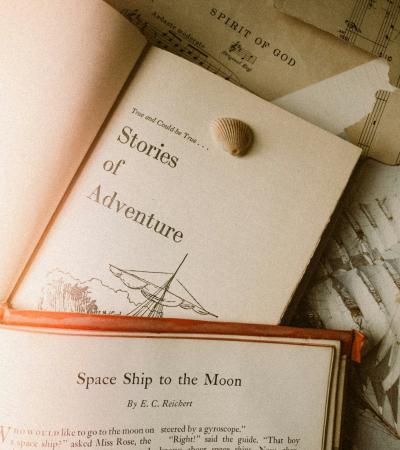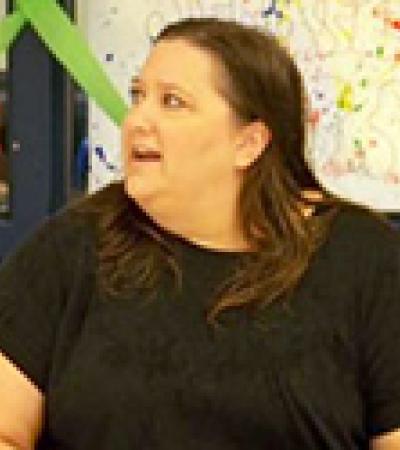Editor’s note: This is the fourth in a special, week-long series on library programming for underserved, troubled teen populations, written by authors and a librarian who participated in the Great Stories CLUB.

Ever since my first novel Tyrell was published in 2006, I’ve been invited to visit juvenile detention centers across the country, sometimes as part of ALA’s Great Stories CLUB. Whenever I visit incarcerated youth, the young men and women I see are always so surprised that an author is taking the time to talk with them. They often ask outright, “Why did you come here?” That question is heartbreaking; it’s as if they assume all adults have already written them off, that they don’t deserve anyone’s attention.
My answer is, “Why wouldn’t I come here? Being in here doesn’t make me forget about you.”
After so many years of speaking at juvenile detention centers, I was surprised when Lainie Castle of ALA invited me to visit Greene Correctional Facility in Coxsackie, New York. This was going to be a new experience for me, my first time visiting young men serving sentences in a medium security prison.
When I arrived at Greene on the evening of January 25, 2012, I met Laura Rogers, who has been volunteering there, conducting a creative writing program. As part of this program, the participants had already read two of my novels, Tyrell and Bronxwood.
The men were seated in a large circle when I entered the library, and I was barely in my seat before the questions began. Right away, it was clear these were creative writing students; they were all very comfortable discussing books and the writing process. Their questions were very impressive—they were interested in craft! They asked me about point of view, theme, structure. They wanted to know why I made certain choices as an author, and they told me how they were thinking about questions like these for their own stories and memoirs.
Beyond the questions about writing, they also told me how they could really relate to my books. Like Tyrell, my sixteen-year-old protagonist, they understood the challenges and frustrations of being placed in a situation where you’re forced to grow up before you’re ready. They told me what it was like for them, how much responsibility they had on their backs, and their feelings for their fathers, most of whom were absent from their lives. And they talked about the anger they often carried around.
A few men even related to Tyrell’s father, Pops, who is incarcerated in the first book and released in the sequel. Even though the men didn’t agree with the erratic, sometimes violent, way Pops interacted with Tyrell, they understood how Pops felt disconnected from his son and how he just wanted his family to go back to the way it was before he went to prison. Like Tyrell’s father, they will be going home one day after having missed so much of their kids’ childhoods. My book, they said, gave them a lot to think about.
They also talked openly about how much the creative writing program at Greene had gotten them to reflect on their lives and the choices they’ve made—and how writing about these things made them even more determined not to repeat those mistakes. The act of writing had also helped them cement their future plans. Being there in that room with those men—listening to their discussion, seeing what parts of the story made them remember incidents from their adolescence—deeply affected me. It’s so gratifying to know that your work connects to people.
Writing programs conducted by caring teachers like Laura Rogers have the ability to change people, all people, regardless of their situation. These programs offer them a way to think about their lives differently, express themselves, tell their stories, find their individual voice. Being able to write about your feelings, about your frustration and pain, is a great tool to have. It’s a technique that can help people think about things before acting, before making the wrong choice.
While it’s wonderful that the men at Greene are learning how to do this now, I wonder how their lives might have been different had this kind of creative education been available to them when they were much younger. There need to be more programs like this in middle school and high school, when the choices young people make can have devastating life-long consequences. It’s a shame that the only time these men received this kind of attention was after they had been incarcerated. Imagine how much more of an impact it would have had on their lives earlier. Before.
These men need to know they aren’t lost causes, that they’re worth the investment of time and resources. I wish all men and women who are incarcerated would have a program like this available to them soon. Thank you, ALA Great Stories CLUB, for inviting me to Greene Correctional Facility.



